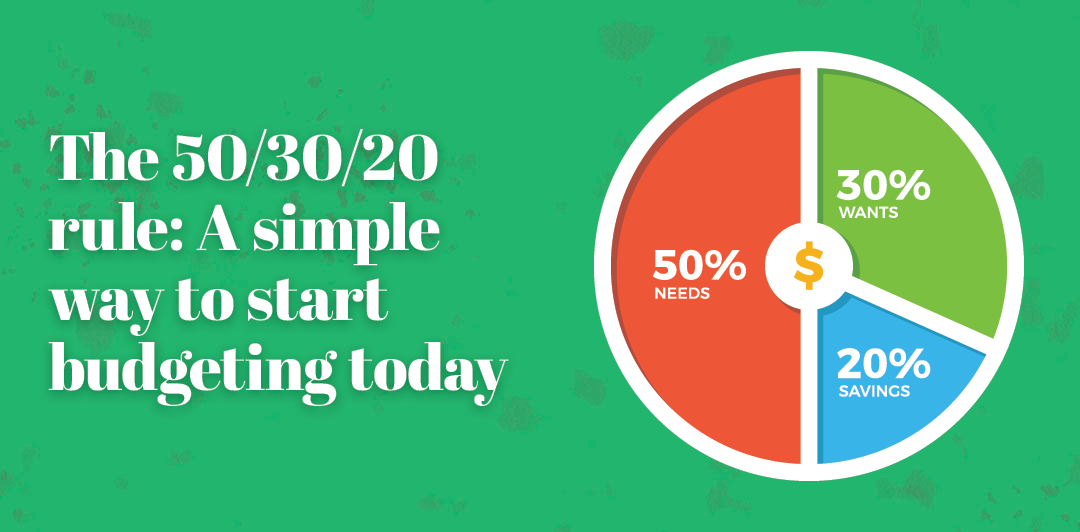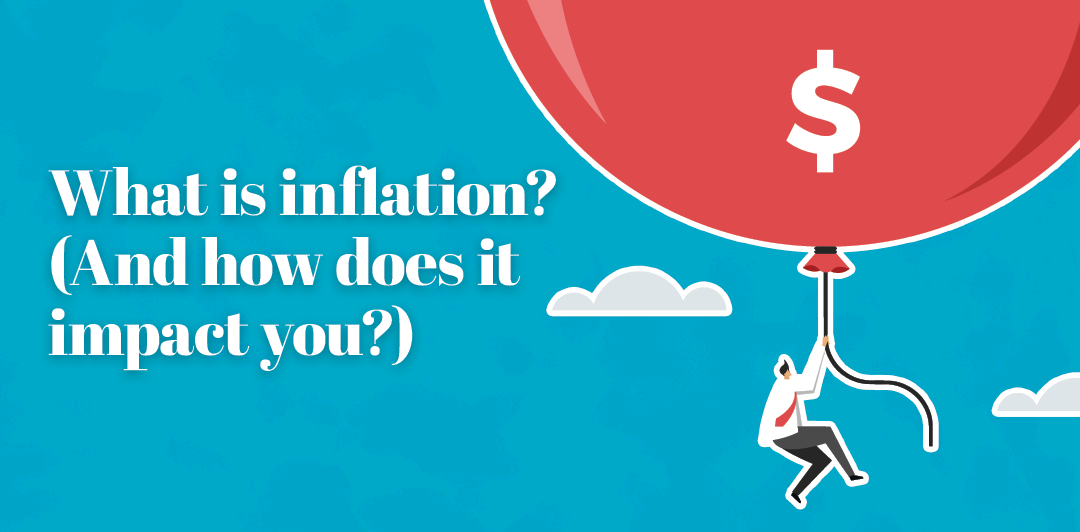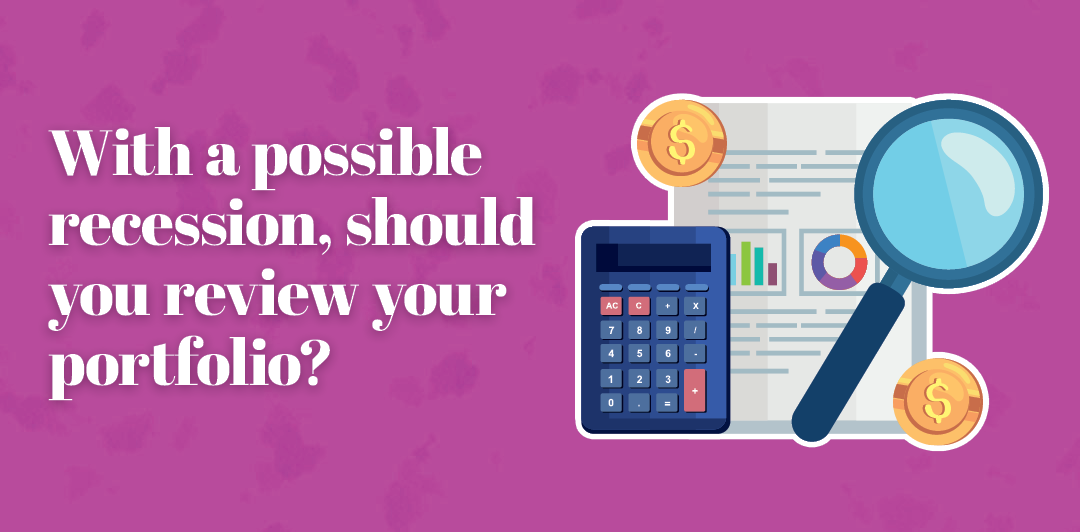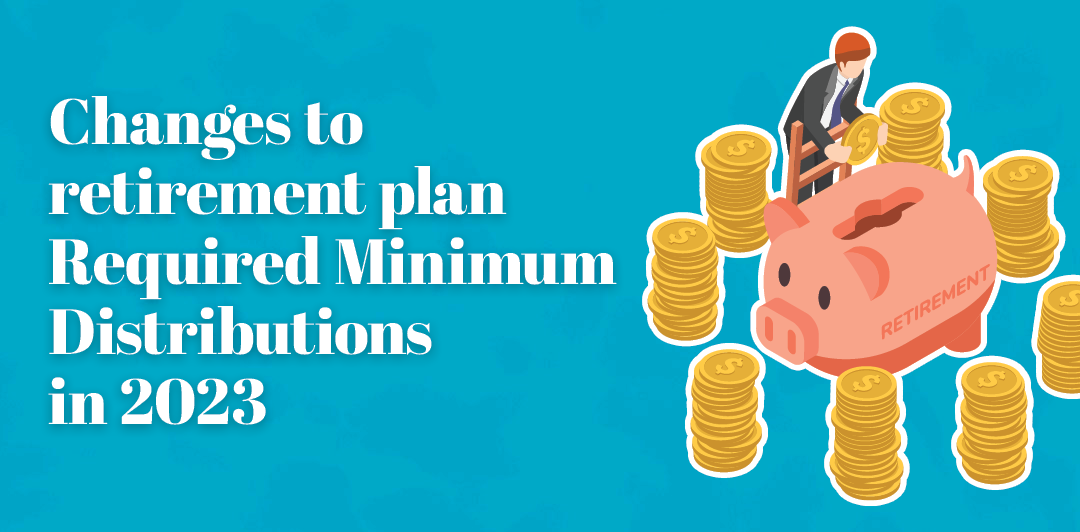


Think hard before tapping your 401(k) balance
One of the features that make 401(k) plans so attractive is that your money is not completely out of reach should an emergency need arise. Most plans allow for loans that are completely tax free if repaid as agreed. (Interest payments will be required, but they will be credited to the account.) In a major emergency, a hardship withdrawal may be permitted, subject to income tax and, usually, a 10% penalty as well.
Borrow?
At first glance 401(k) loans may look particularly appealing. After all, you make those payments of principal and interest to yourself. However, if the interest that you pay is less than your borrowed dollars would have earned in the plan, you will slow the growth of your retirement nest egg. Moreover, you pay with after-tax dollars—replacing your original tax-deferred contributions.
if the interest that you pay is less than your borrowed dollars would have earned in the plan, you will slow the growth of your retirement nest egg. Moreover, you pay with after-tax dollars—replacing your original tax-deferred contributions.
Loans must be repaid in no more that five years. (Fifteen-year terms are allowed for loans to purchase a home.) If you leave your job before a loan is repaid, you’ll have to pay it off, or the open balance will be considered a premature withdrawal subject to income tax and penalty.
Potentially more serious yet, the burden of loan payments may make it impossible to continue your 401(k) contributions.
Withdraw?
It’s not easy to make a hardship withdrawal from your 401(k) account. You must show an “immediate and heavy financial need” for: medical expenses not covered by insurance; the purchase of a principal residence; postsecondary tuition; or to avoid eviction from or foreclosure on a principal residence. Many plans also include funeral and child support expenses. You also must show that you have no other resources reasonably available to meet these costs. This means that you first must fail to qualify for a plan loan. Once you take a hardship withdrawal, you will be barred from contributing to your plan for at least 12 months.
Pay now or pay later
To examine the effect of these options, let us compare the long-term results for Nancy Needful, a hypothetical 35-year old worker with a $30,000 balance in her 401(k) plan. Nancy contributes $150 monthly to her account. Faced with a sudden emergency need for $10,000, Nancy has three options. Nancy can:
- Take a loan of $10,000 from her plan at an 8% interest rate and cease making contributions until the loan is repaid in five years, making monthly payments of $202.76, and resuming her $150 contribution after five years.
- Make a hardship withdrawal of $12,500 to provide the cash that she needs and cover her income tax and penalty, resuming her participation in the plan after one year.
- Obtain a $10,000 advance on an inheritance, continuing her participation in the plan.
Here’s how those choices will play out:
The long-range cost of raising $10,000
Reduced plan accumulations
|
|
At age 55 |
At age 60 |
At age 65 |
|
Loan |
$199,384 |
$310,352 |
$470,186 |
|
Withdrawal |
$166,609 |
$259,317 |
$397,437 |
|
Advance |
$236,007 |
$362,709 |
$551,476 |
Source: The Merrill Anderson Company. Assumes a steady 8% return on investment, does not represent any particular investment.
As we see, by taking the advance on her inheritance and continuing plan contributions, earning a moderate 8% return (high today, but average in the long term) on her investments, Nancy ends up at age 65 with 17.4% more than if she had taken the loan and fully 38.8% more than with the withdrawal.
The lesson: tapping into your retirement plan assets should be your very last resort.
© 2019 M.A. Co. All rights reserved.
Any developments occurring after March 1, 2019, are not reflected in this article.
Recent Articles
Join our e-newsletter
Sign up for our e-newsletter to get new content each month.






















